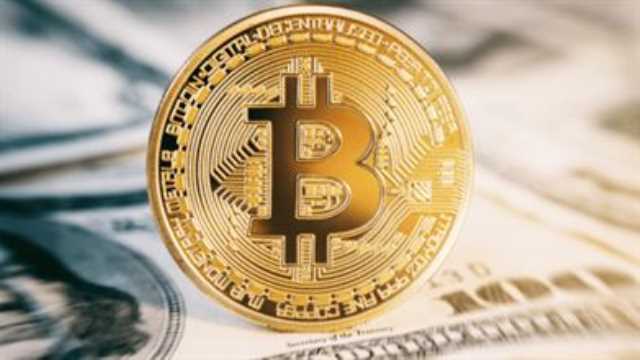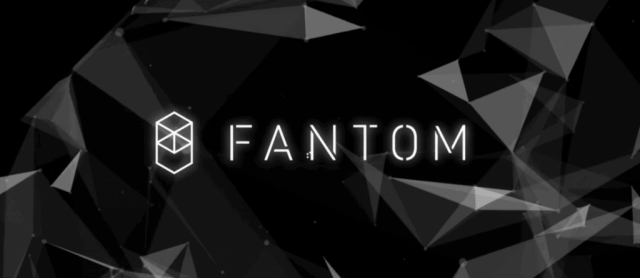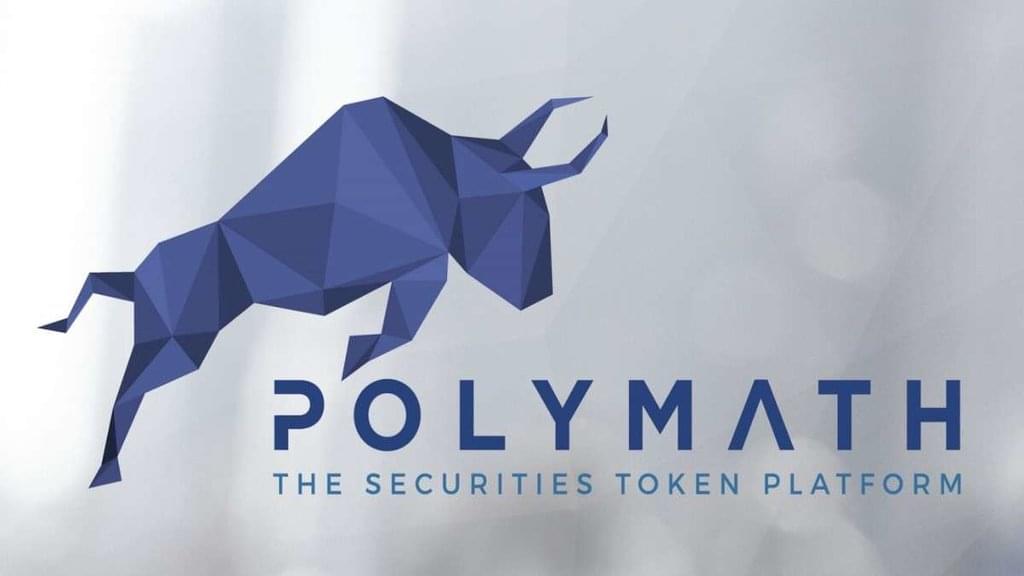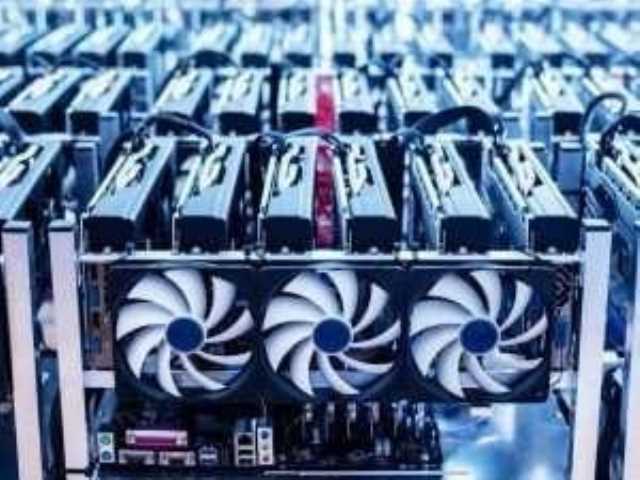
Since the halving reduces rewards, the incentive for miners to work on the Bitcoin network is also reduced, leading to fewer miners and less security for the network. This reduction in the rate at which new coins are generated is intended to create a deflationary effect on the cryptocurrency over time. The halving also has implications for miners, as it affects their profitability and can lead to changes in the mining landscape. With this year’s halving event now in the rearview mirror, many bitcoin enthusiasts and investors are already looking ahead to the next BTC milestone. The bitcoin halving is programmed to occur every 210,000 blocks, which roughly translates to once every four years. That said, there are also indications that miners could have avenues for increased revenue even if the halving does not lead to a price boom.
- Mao said the loss of profitability for miners had not been greater than they had expected.
- “One of the most important features of Bitcoin is its limited supply and issuance mechanism,” says Bruce Fenton, CEO of fintech company Chainstone Labs.
- Echoing that perspective, Pedro Lapenta, head of research at Hashdex, said he sees signs of resilience in Bitcoin’s recent price action, which rebounded from Monday’s lows.
- After Iran launched a missile attack on Israel on April 13, for example, rattling the global economy, bitcoin’s price plummeted 7% in less than an hour.
- Consumers and retail Bitcoin users might be affected by a halving in the value of the Bitcoin they hold.
- Bitcoin’s 2024 price surge followed the approval of spot Bitcoin ETFs in the U.S., seen by many as a bellwether for institutional adoption of the cryptocurrency.
RCO Finance’s Ethereum Token Gains Traction with Ongoing Presale and Promising Growth Potential
- During mining, a miner solves a cryptographic operation, and then the miner is offered a reward.
- This trend is often attributed to the reduced rate of new coin creation, which, according to supply and demand principles, could lead to price increases if demand remains steady or grows.
- Richard Baker, CEO of miner and blockchain services provider TAAL Distributed Information Technologies, says investors should be cautious about the next bitcoin halving.
- The price of Bitcoin, or 1 BTC, traded at $59,348.70 as of May 3, 2024, at 12 p.m.
- Bitcoin was revolutionary in that it could, for the first time, make a digital product scarce—there will only ever be 21 million Bitcoin.
The Bitcoin community eagerly anticipates this next milestone and its impact on the price. On May 11, 2020, the third Bitcoin halving occurred at block 630,000. Speculation grew about institutional adoption and Bitcoin as an inflation hedge. The price surged after the halving, kicking off another bull run in 2021. Before the first halving, Bitcoin miners received an enormous block reward of 50 BTC per block. But as of May 2023, after three halvings, the block reward has been reduced to 6.25 BTC per block.
Daily Debrief Newsletter
Historically, there is a lot of Bitcoin price volatility leading up to and after a halving event. However, the price of Bitcoin typically ends up significantly higher a few months after. At the current bitcoin price, 6.25 BTC is worth about $US410,000 as of March 2024, a decent incentive for miners to keep adding blocks of bitcoin transactions. Many investors have high expectations for halvings because, in the past, prices generally trended upward after the event.
What is Bitcoin halving?
According to University College London’s Centre for Blockchain Technologies, proof-of-stake blockchains use several orders of magnitude less energy. For this reason, once the last Bitcoin is mined, miners will (assuming there haven’t been any major changes to the Bitcoin protocol) receive rewards in the form of transaction fees for maintaining the network. The much-anticipated bitcoin halving event has come and gone, quietly marking a historic moment in the world of digital assets. In the past, halvings have led to new all-time highs for the bitcoin price in the months following the events. However, this time has been different, as the bitcoin price has already reached a new all-time in the months prior to the halving. The halving block was mined by ViaBTC, and it was the 840,000th block mined on the Bitcoin network.
- Meanwhile, JP Morgan analysts predicted a significant price correction following the halving, arguing that an increase in mining difficulty could push smaller miners out of operation.
- It’s also possible that bitcoin’s rise has less to do with the actual mechanics of the halvings as opposed to the halvings’ narratives.
- So, whether you invest in Bitcoin before, at, or after a halving depends on market conditions at the time, your outlook, and your risk tolerance level.
- Incredibly, more than one-fifth of all US Dollars in circulation were created in 2020 alone.
- This is a significant and scheduled occurrence within the Bitcoin protocol, happening approximately every four years.
- The bitcoin halving is programmed to occur every 210,000 blocks, which roughly translates to once every four years.
What Is Bitcoin Halving?
The halving policy was written into Bitcoin’s mining algorithm to counteract inflation by maintaining scarcity. Bitcoin halving is a pre-programmed event that occurs approximately every four years, reducing the block reward for miners by half. This mechanism reduces the rate at which new Bitcoin’s enter the circulating supply. What is Bitcoin Halving However, a halving cuts mining rewards, so the endeavor becomes less profitable with each halving if prices remain the same or drop. The large-scale mining facilities needed to remain competitive require enormous amounts of money and energy. The equipment and facilities need maintenance and people to conduct it.
Deciding whether to buy Bitcoin before or after a halving event requires consideration of potential market reactions. Some investors choose to buy before the halving event takes place in anticipation of price increases as the supply side of the market tightens. Others prefer to wait until after the event, aiming to capitalise on post-halving price adjustments and potentially lower prices due to initial sell-offs after the event occurs.

How long after halving does Bitcoin peak?

With the cryptocurrency ETFs, it became easier for investors to gain exposure to bitcoin’s price movements through regulated financial products. With the cut in mining rewards, smaller mining operations could face challenges in the halving’s aftermath. However, https://www.tokenexus.com/ higher bitcoin prices before the event could help those miners offset some of the extra costs in the short term. The next halving event is currently expected to occur in April 2028. The overall process of halving is set to continue until around the year 2140.


